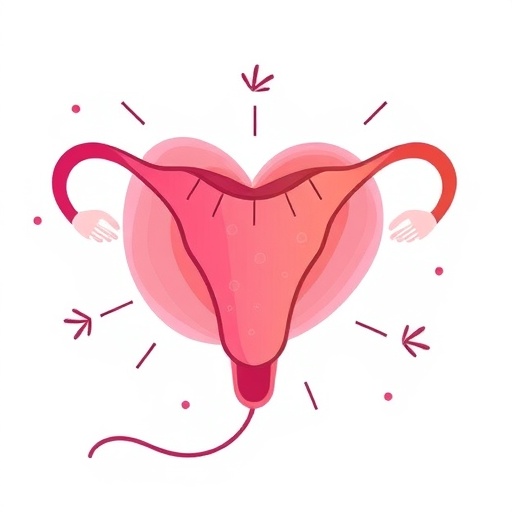Young persons who use alcohol and/or marijuana experience heightened likelihood of condomless sex, according to a new study published in The American Journal on Addictions. This increased likelihood was greater for women than for men on days with alcohol or marijuana use, each alone but especially when combined.
The study included 290 young adults (18-25 years of age) who reported either alcohol or marijuana use. For females, compared with days with no substance use, the estimated risk of condomless sex increased by a factor of 2.12 on alcohol use days, 1.89 on marijuana use days, and 3.39 on dual use days. Among males, the odds of condomless sex increased only slightly on alcohol use or marijuana use days, but increased by a factor of 1.71 on dual use days.
"Our goal is to identify patterns of substance use associated with heightened risk. We are excited about these findings and their public health implications," said lead author Dr. Jumi Hayaki, of the College of the Holy Cross.
###
Media Contact
Penny Smith
[email protected]
http://newsroom.wiley.com/
http://dx.doi.org/10.1111/ajad.12738




